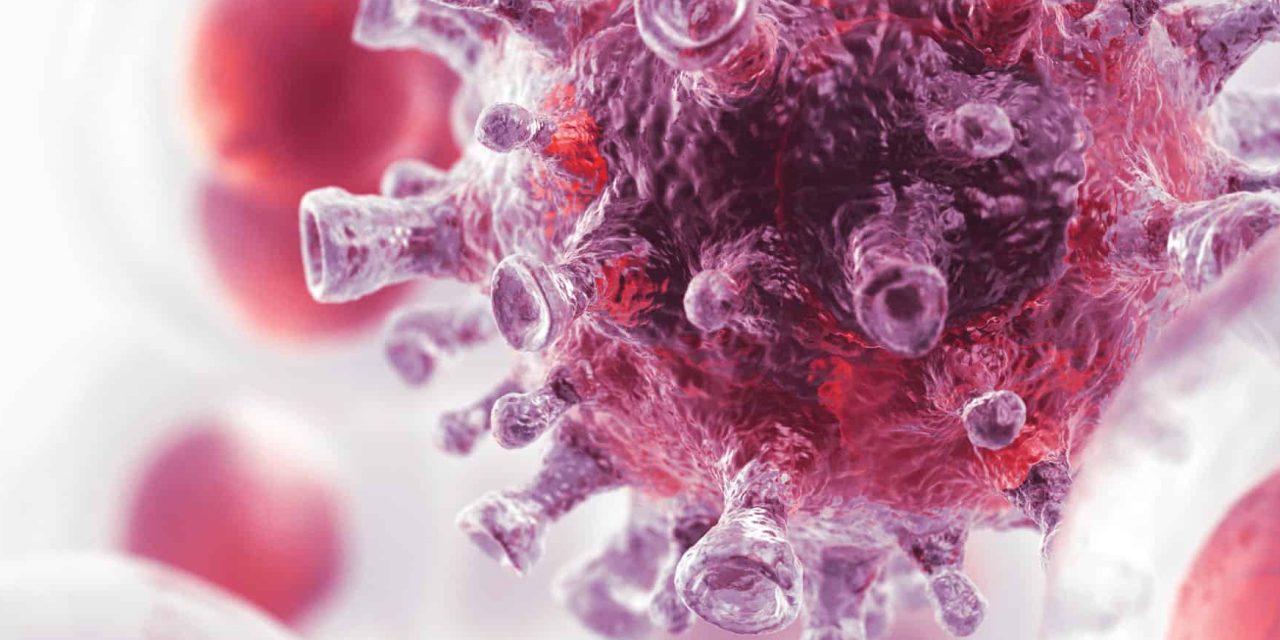Zika virus (ZIKV) is cytopathic to neurons and persistently infects brain microvascular endothelial cells (hBMECs), that normally restrict viral access to neurons. Despite replicating in the cytoplasm, ZIKV and Dengue virus (DENV) polymerases, NS5 proteins, are predominantly trafficked to the nucleus. We found that a SUMO interaction motif in ZIKV and DENV NS5 proteins directs nuclear localization. Dissimilarly, ZIKV NS5 formed discrete punctate nuclear bodies (NBs), while DENV NS5 was uniformly dispersed in the nucleoplasm. However, mutating one DENV NS5 SUMO site (K546R) localized the NS5 mutant to discrete NBs, and NBs formed by the ZIKV NS5 SUMO mutant (K252R) were restructured and in discrete protein complexes. In hBMECs, NBs formed by STAT2 and promyelocytic leukemia (PML) protein are present constitutively and enhance innate immunity. During infection or NS5 expression we found that ZIKV NS5 evicts PML from STAT2 NBs, forming NS5/STAT2 NBs that dramatically reduce PML expression in hBMECs and inhibit the transcription of IFN stimulated genes (ISG). Expressing the ZIKV NS5 SUMO site mutant (K252R) resulted in NS5/STAT2/PML NBs that failed to degrade PML, reduce STAT2 expression or inhibit ISG induction. Additionally, the K252 SUMOylation site and NS5 nuclear localization were required for ZIKV NS5 to regulate hBMEC cell cycle transcriptional responses. Our data reveals NS5 SUMO motifs as novel NB coordinating factors that distinguish flavivirus NS5 proteins. These findings establish SUMOylation of ZIKV NS5 as critical in the regulation of antiviral ISG and cell cycle responses that permit ZIKV to persistently infect hBMECs.ZIKV is a unique neurovirulent flavivirus that persistently infects human brain microvascular endothelial cells (hBMECs), the primary barrier that restricts viral access to neuronal compartments. Here we demonstrate that flavivirus specific SIM and SUMO sites determine the assembly of NS5 proteins into discrete nuclear bodies (NBs). We found that NS5 SIM sites are required for NS5 nuclear localization, and that SUMO sites regulate NS5 NB complex constituents, assembly and function. We reveal that ZIKV NS5 SUMO sites direct NS5 binding to STAT2, disrupt the formation of antiviral PML-STAT2 NBs and direct PML degradation. ZIKV NS5 SUMO sites also transcriptionally regulate cell cycle and ISG responses that permit ZIKV to persistently infect hBMECs. Our findings demonstrate the function of SUMO sites in ZIKV NS5 NB formation and their importance in regulating nuclear responses that permit ZIKV to persistently infect hBMECs and thereby gain access to neurons.Copyright © 2020 American Society for Microbiology.
NS5 Sumoylation Directs Nuclear Responses that Permit Zika Virus to Persistently Infect Human Brain Microvascular Endothelial Cells.


